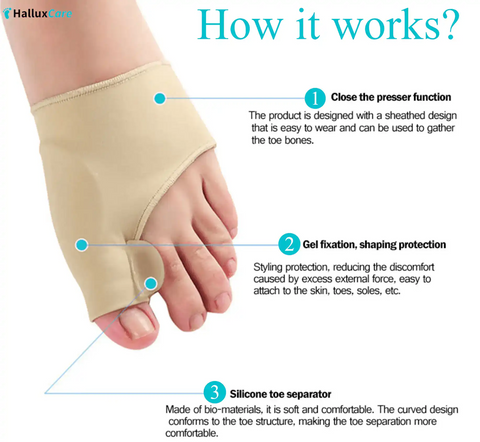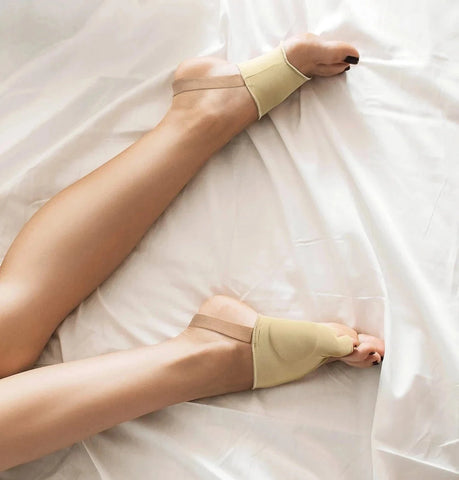, , and
tags added, and disclaimers or disclosures removed: ```html
Plantar Fasciitis: Separating Fact from Fiction in the Modern Shoe Debate
Last Updated: 2025-10-19
Author: Dr. Jamie Bennett, DPM – Board-Certified Podiatric Physician & Foot Health Educator
When it comes to plantar fasciitis, the internet is flooded with advice—some helpful, some misleading. A recent Reddit comment challenged a viral video’s claim that modern shoes are the root cause of plantar fasciitis and that barefoot shoes are the only solution. Here, we break down the myths, facts, and best practices for plantar fasciitis relief—using evidence-based insights, expert guidance, and actionable strategies.
Understanding Plantar Fasciitis: Causes and Myths
Plantar fasciitis is one of the most common causes of heel pain, resulting from inflammation of the plantar fascia—a thick band of tissue connecting your heel bone to your toes. According to the American Academy of Orthopaedic Surgeons (AAOS), over two million Americans are treated for plantar fasciitis each year. The debate around its causes and cures is fierce, but peer-reviewed research helps us separate fact from fiction.
Key Plantar Fasciitis Myths Debunked
-
Myth 1: Modern Shoes Cause Plantar Fasciitis
- Clinical research shows no direct link between modern shoes and plantar fasciitis onset.
- Overuse and repetitive strain are the primary causes.
- Footwear may influence symptoms, but rarely acts as the sole cause.
-
Myth 2: Barefoot Shoes and Toe Spacers Are the Only Cure
- Studies indicate barefoot-style shoes may strengthen intrinsic foot muscles, but are not the only path to recovery.
- Most patients recover through conservative care—rest, stretching, and strengthening.
-
Myth 3: Gait Correction Is Required for Healing
- While abnormal gait can increase risk, it’s one factor among many.
- Focus should be on healing and gradual strengthening, not drastic gait changes.
4.9 ⭐⭐⭐⭐⭐ ( 1843 reviews)
What Really Causes Plantar Fasciitis?
According to the Mayo Clinic and AAOS: Plantar fasciitis is best described as an overuse injury. Repetitive microtears and inflammation in the fascia result from:
- Sudden increases in weight-bearing activity
- Tight calf muscles or Achilles tendon
- Poor foot mechanics (flat feet, high arches)
- Prolonged standing or walking on hard surfaces
Risk factors such as obesity, occupations requiring long periods of standing, and certain sports (running, dancing) also contribute.
Effective Plantar Fasciitis Relief: What Actually Works?
1. Rest & Recovery
- Temporarily reduce or modify activities that trigger pain.
- Give the plantar fascia time to heal and inflammation to subside.
2. Gradual Strengthening
- Perform toe curls, towel scrunches, and calf raises to build foot and calf strength.
- Stretch the plantar fascia and Achilles tendon daily (try wall stretches and rolling a ball under your foot).
3. Supportive Footwear
- Opt for shoes with good arch support and cushioning, especially if you stand or walk for long hours.
- Orthotics or insoles can help correct underlying biomechanical issues.
4. Other Proven Methods
- Ice massage (roll a frozen water bottle under your foot)
- Use of anti-inflammatory medications if recommended by your healthcare provider
- Physical therapy for persistent or severe cases
Clinical studies consistently show that conservative therapy leads to symptom improvement for over 90% of cases within 10 months.
Key Takeaways: Critical Thinking for Foot Health
- Rely on trusted, evidence-based sources for your foot health.
- Plantar fasciitis is primarily an overuse injury; shoes and gait are risk factors, not causes.
- Most people recover with rest, stretching, strengthening, and supportive footwear.
- No single shoe or walking style is a guaranteed fix—tailor your strategy to your body.
Practical Tips and Real-World Applications
- Listen to your body: If you develop heel pain, ease up on high-impact activities and focus on gentle stretches.
- Rotate shoes: Alternate between supportive pairs to reduce repetitive strain.
- Morning routine: Start your day with simple plantar fascia and calf stretches.
- Workplace comfort: Use anti-fatigue mats or insoles if you stand for long periods.
- Track your progress: Keep a log of pain levels and activities to spot aggravating patterns.
Join the Conversation!
Have you struggled with plantar fasciitis? What recovery methods worked for you? Share your experiences and questions below—let’s help each other cut through the noise and find real solutions.
HalluxCare Bunion Relief Products
If you're looking for relief from bunion pain, consider using the Orthopedic Bunion Pain Relief & Correction Sleeve, which provides support and helps to alleviate discomfort.
For additional protection, the Tailor's Bunion Bunionette Pain Relief Protection Sleeves are designed to offer comfort and protection for bunionette pain.
To nourish and soothe the skin around bunions, as well as to promote healthy hair, consider the Jamaica Black Castor Oil Soothing Oil. Known for its moisturizing and anti-inflammatory properties, it helps alleviate discomfort around bunions and supports hair growth and scalp health.
Key Takeaways
- Plantar fasciitis is usually due to overuse, not shoe design alone.
- Supportive footwear, rest, and targeted exercises provide proven relief.
- Barefoot shoes can help some but are not an exclusive solution.
- Evidence-based, individualized care is best.
FAQs
Q: Do I need to switch to barefoot shoes to heal plantar fasciitis?
A: Not necessarily. While barefoot shoes may help strengthen some foot muscles, most people recover with traditional supportive footwear, stretching, and strengthening exercises.
Q: How long does plantar fasciitis take to heal?
A: With conservative care, most cases improve within 6–10 months. Severe or chronic cases may take longer.
Q: Can orthotics help with plantar fasciitis?
A: Yes, custom or over-the-counter orthotics can support your arch and reduce strain on the plantar fascia, aiding recovery.
Q: When should I see a doctor?
A: If pain persists beyond several weeks despite home care, or if you have difficulty walking, consult a podiatrist or orthopedic specialist.
Q: Does losing weight help?
A: Yes, reducing body weight can decrease pressure on the plantar fascia and improve symptoms, especially if you are overweight.
What foot health myths have you encountered? Let us know below—your story could help someone else make better choices!
References
- American Academy of Orthopaedic Surgeons. Plantar Fasciitis and Bone Spurs. OrthoInfo.
- Riddle DL, et al. Risk factors for plantar fasciitis: a matched case-control study. J Bone Joint Surg Am. 2003.
- Ridge ST, et al. Foot muscle strength and barefoot shoes. Med Sci Sports Exerc. 2019.
- Mayo Clinic. Plantar fasciitis: Diagnosis & treatment.
- Wearing SC, et al. Plantar fasciitis: are pain and fascial thickness associated? Foot Ankle Int. 2007.
- DiGiovanni BF, et al. Plantar fascia-specific stretching exercise improves outcomes in chronic plantar fasciitis. J Bone Joint Surg Am. 2003.
- Rome K, et al. The effectiveness of insoles for the prevention and treatment of plantar heel pain. J Am Podiatr Med Assoc. 2005.




